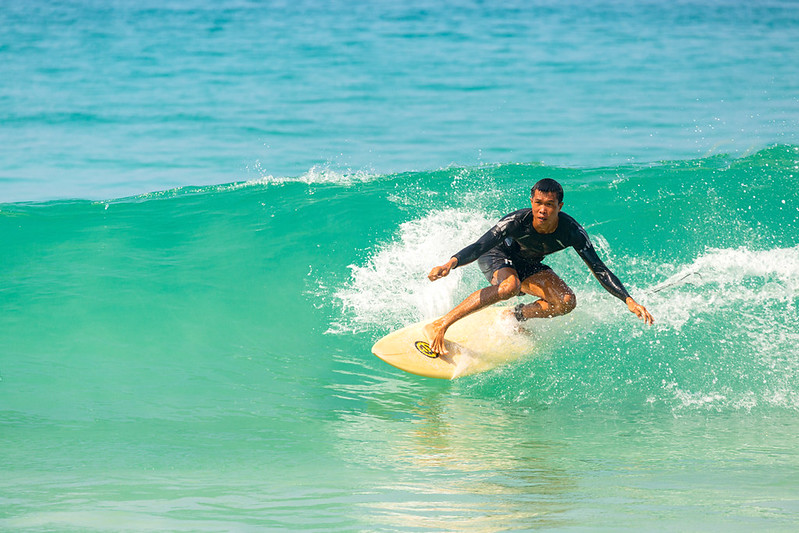
Having observed men’s issues advocacy since the late 1970s it has been interesting to watch the fledgling men’s rights movement grow. While slowly increasing its membership the Men’s Rights Movement (MRM) has until recently consisted of disparate islands of disaffection toward the increasing reach of feminist tyranny. These islands have consisted of small collectives of men, along with the occasional sympathetic woman, who gathered to reinforce men’s right to live out traditional male roles if they so choose, and to challenge the feminist bigotry that was increasingly attacking this freedom of choice through its manipulation of the social and legal environment.
Since the turn of the new millennium a thread has begun to emerge from within the MRM that argues less for men to be able to live traditional roles, and more for the right to be treated as human beings deserving of a variety of life choices and basic human rights. Such human rights, according to this ideological platform, have been neglected by centuries of gynocentric culture and, more recently, eroded by decades of feminist governance.
Having observed the MRM for three decades I have no hesitation in confirming that the men-are-human-beings focus suddenly emerged into popular consciousness with the birth of A Voice For Men in 2009, a forum whose articles popularized the idea and inaugurated a distinct ‘second wave’ of the men’s movement based on human rights principles.
The notion of ‘waves’ is familiar to us from First, Second and Third Wave feminism. However our use of the term is not in any way related to the content or structure of feminist waves and is used here for metaphorical convenience as in ‘waves of soldiers’ or ‘waves of emotion’ to connote a surge of activity that is unique and yet related to a previous surge of activity.
Here is how I recently summarized the Second Wave of the MRM:
- Nationally and internationally networked (as opposed to the poorly networked 1st wave);
- Inclusive of all: women, men, straight and gay, trans, white, black are actively involved (as opposed to predominant hetero white of the 1st wave);
- Strictly anti violence (as opposed to occasional violence tolerance of 1st wave)
- Anti-domination of MRM by traditionalist assumptions (which dominated 1st wave);
- Anti-domination by partisan politics (1st wave was dominated by right wing sentiment);
- Inclusive of people of all faiths while having zero tolerance for proselytizers (1st wave had slight dominance by Western religion);
- Are generally anti-feminist, anti-gynocentrism, and anti-misandry (like first wave) and are broadly oriented to human rights principles;
- Are more committed to building bridges between the MRM and the general community (unlike 1st wave);
- Have elaborated a more thorough socio-political history of misandry and gynocentrism (unlike the patchy attempts of 1st wave);
- Have developed a more sophisticated discourse about sexual/psychological/social/political issues to inform the basis of the MRM (more than 1st wave)
- Focuses it’s activism on changing cultural narratives over lobbying officials to change laws, based on the principle that laws are usually altered to align with prevailing cultural expectations.
In conclusion, the new wave of thought sweeping through the MRM–a wave which could be called the Men’s Human Rights Movement–has fundamentally demarcated that which went before and that which has gained center-stage now. And for those like me who rode the earlier wave on unwieldy Malibus, today we find ourselves in more creative waters where we must learn to ride the versatile short-boards on what is a human rights rather than a traditionalist wave. With this larger call for change I for one am excited by the opportunity to carve it up.